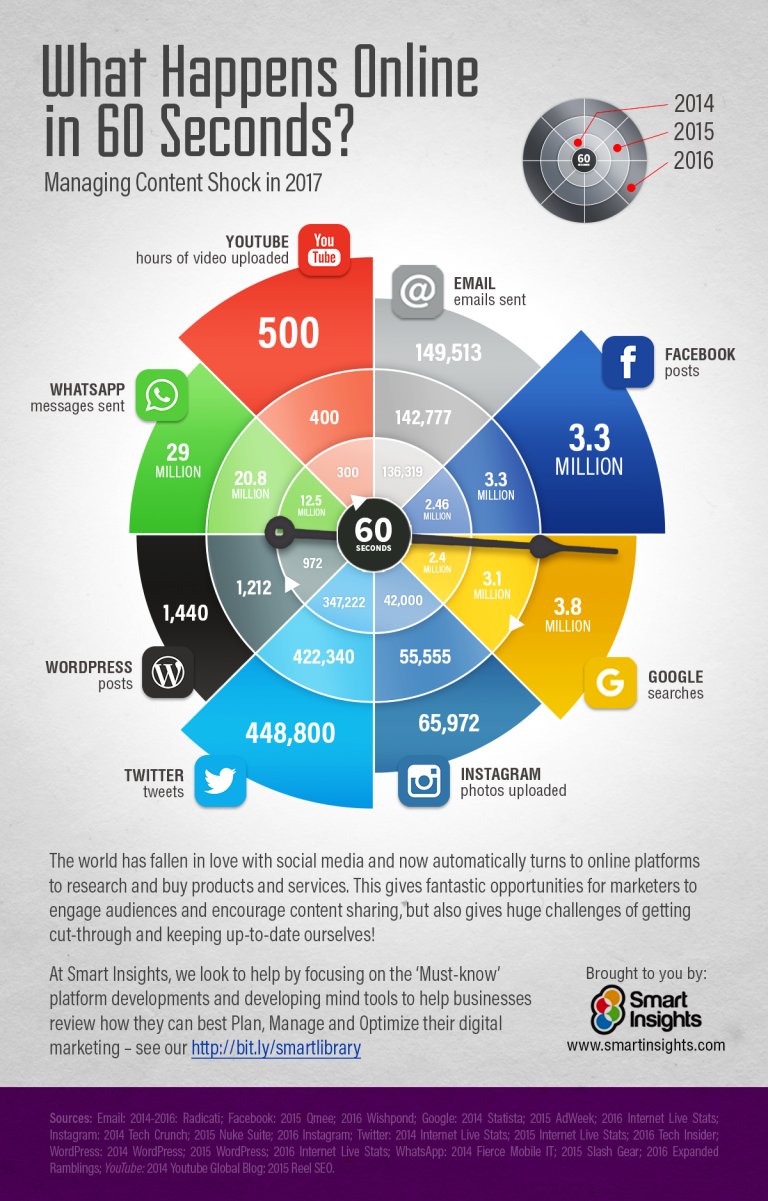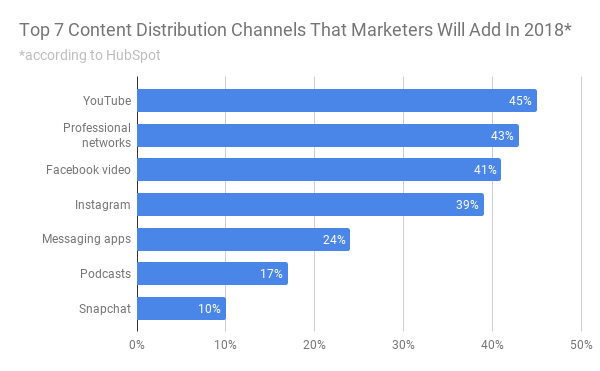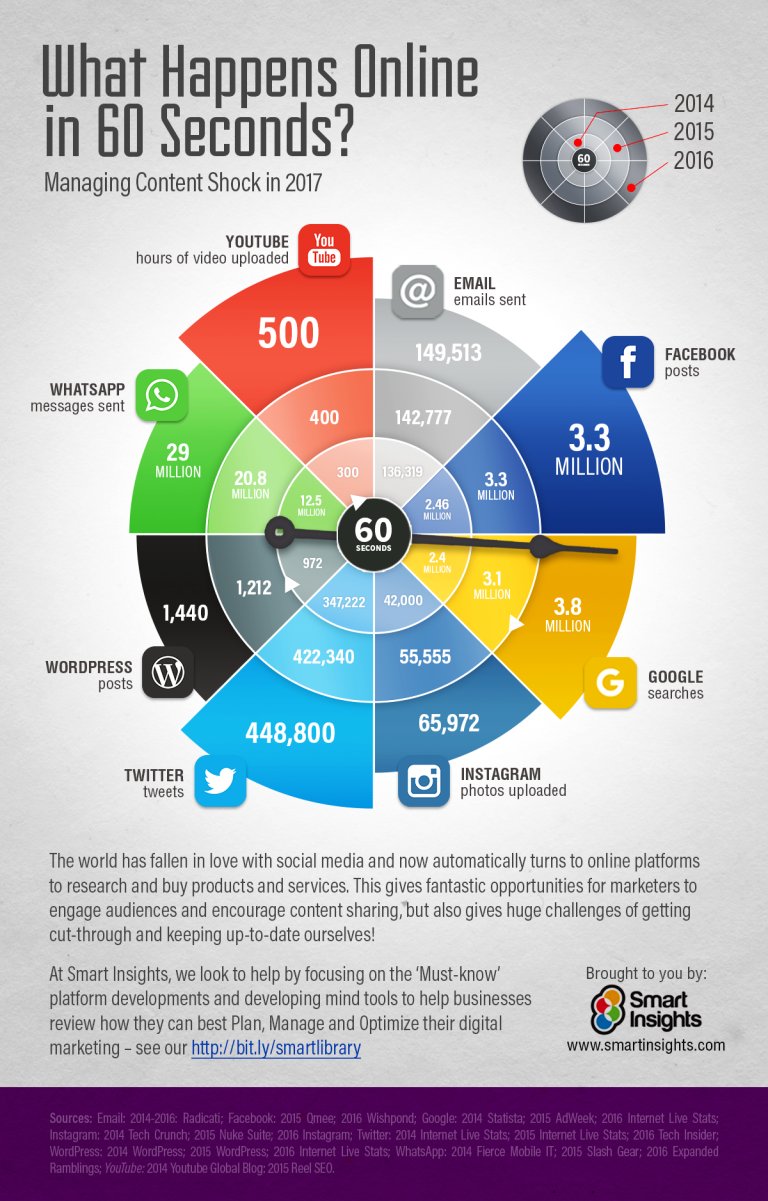): Considering that so much content is being produced, what's the solution to making content marketing work for you today? What is content distribution? Content distribution refers to the process of promoting content across paid or free channels in order to increase content reach, boost engagement, and grow organic traffic. These are some of the most common content distribution channels: Social media (e.g., Facebook, Twitter, Instagram, YouTube) Search ads (e.g., Google AdWords) Professional networks (e.g., LinkedIn, Xing) Forums (e.g., Reddit, GrowthHackers.com) Blogs Media (e.g., newspapers, journals, podcasts) Corporate channels (e.g., newsletters, apps, your own website) Why should you invest in content distribution? It will help you grow your audience on social media. Where and how should you distribute content? As with paid social media ads, keep in mind that it might make more sense to promote your products instead of your article or other content, if you're looking to directly boost sales and ROI. Join relevant LinkedIn Groups and share your content there. Publish your articles on free blogging sites, like Medium, so you can reach new audiences. Marketers who want to increase the ROI of their content production should look to promote their content on as many relevant channels as possible.
Content marketing has been on the rise for the past decade—and it’s showing no signs of slowing down any time soon. As a marketing strategy, content is here to stay. However, producing content alone doesn’t guarantee your business success.
For instance, 75% of online articles don’t earn any external backlinks, and 50% get two or fewer interactions on Facebook, a study by Moz found. That’s not a surprise. Content supply has overtaken content demand, resulting in a phenomenon referred to as content shock—and a fierce fight for users’ attention.
The following infographic by Smart Insights demonstrates the staggering amount of content that’s produced every minute (and this was in 2017!):

Considering that so much content is being produced, what’s the solution to making content marketing work for you today?
According to Moz, Kissmetrics, and Neil Patel, the answer is content distribution.
What is content distribution?
Content distribution refers to the process of promoting content across paid or free channels in order to increase content reach, boost engagement, and grow organic traffic.
These are some of the most common content distribution channels:
- Social media (e.g., Facebook, Twitter, Instagram, YouTube)
- Search ads (e.g., Google AdWords)
- Professional networks (e.g., LinkedIn, Xing)
- Forums (e.g., Reddit, GrowthHackers.com)
- Blogs
- Media (e.g., newspapers, journals, podcasts)
- Corporate channels (e.g., newsletters, apps, your own website)
Why should you invest in content distribution?
Producing and publishing content won’t get you anywhere on its own in this era of content shock. Carefully managed content distribution is how you can overcome the content-shock challenge and make sure your content doesn’t get buried deep in Google’s search engine results pages.
Here are some more reasons you should invest more into the distribution of your content:
- It will bring extra organic traffic to your site from new channels.
- It will help you grow your audience on social media.
- It will increase the return on your content marketing investment.
- It will support indirect link-building, which benefits your article and entire domain.
Where and how should you distribute content?

Marketers can pick from a wide range of distribution channels when looking to give their content some promotion. However, the optimal choice ultimately depends on your target audience. So let’s take a closer look at the various content distribution channels and how to use them to give your content exposure.
Social Media
…

COMMENTS